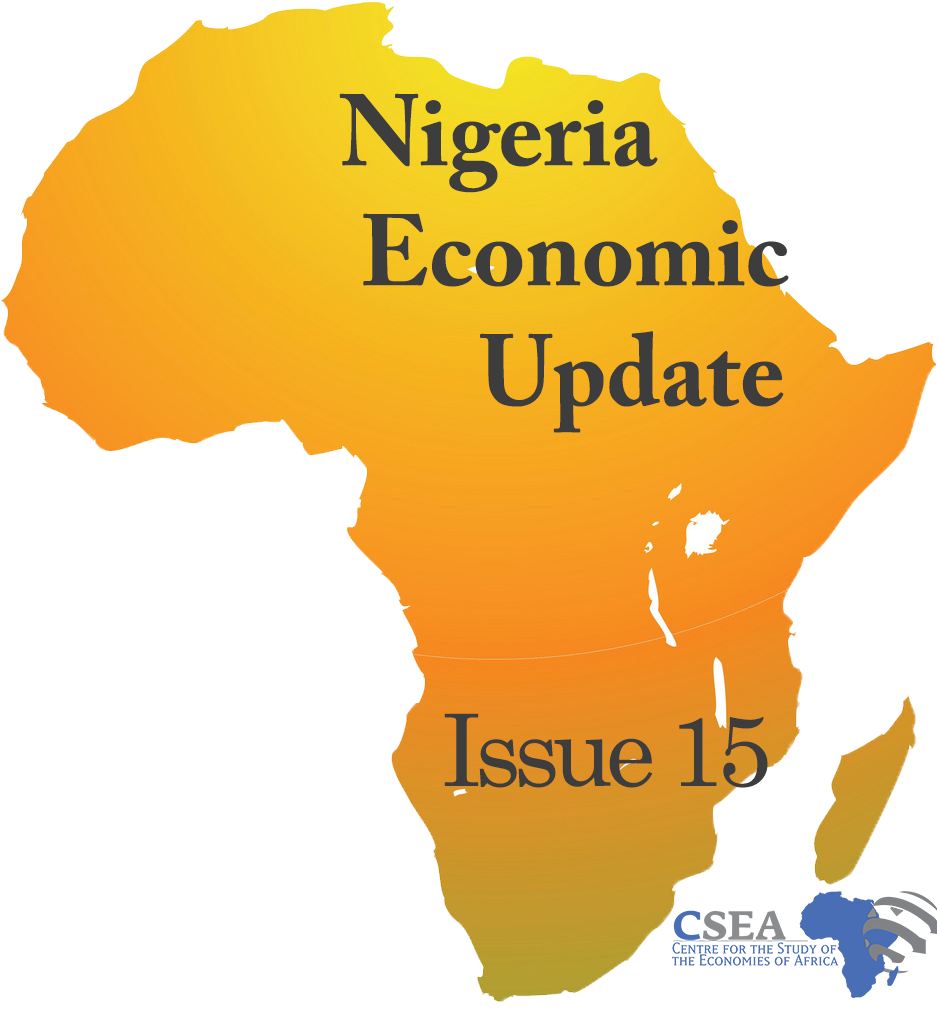Nigeria became the largest remittance-recipient country in sub-Saharan Africa and the sixth largest among low-middle income countries in 2018. The country’s official remittances amounted to $24.3billion in 2018,1 a 10.5% increase from the 2017 remittances received and accounts for 6.1% of GDP. Along with the strong economic conditions in high-income countries, the year-on-year acceleration in remittance flows is not unconnected to a slight declining trend that has been observed in remittance costs since the beginning of 2018.2 Although currently at an average of 9%, these remittance costs remain above the global average of 7% and far from the SDG target of 3%. Given the relatively strong economic and employment situation in high-income countries, and the growth in emigration in Nigeria, we expect that remittance flows to Nigeria will continue to rise. Addressing the regulatory barriers to entry in order to allow for more money transfer operators, particularly digital operators will drive the cost of remittance down and increase inflows. For instance, the N2 billion capital threshold mandated by CBN for domestic companies (compared with the N50 million for foreign companies) could be reviewed to allow companies lacking the financial clout to meet up.
Macroeconomic Report & Economic Updates

May 8, 2019
Nigeria Economic Update (Issue 15)
Nigeria became the largest remittance-recipient country in sub-Saharan Africa and the sixth largest among low-middle income countries in 2018. The country’s official remittances amounted to $24.3billion in 2018,1 a 10.5% increase from the 2017 remittances received and accounts for 6.1% of GDP. Along with the strong economic conditions in high-income countries, the year-on-year acceleration in […]
Read →
Related
Nigeria Economic Update (Issue 15)
Recent data on Nigerias labour market points to a
rise in the rate of unemployment and underemployment in 2015Q4. Specifically,
compared to 2015Q3, the rate of unemployment and underemployment rose to 10.4
per cent and 18.7 per cent from 9.9 percent and 17.4 percent respectively.
These statistics however masks the true situation of the youth employment in
Nigeria. Disaggregated data by age category shows that unemployment and
underemployment within the youth age category (15-24) was remarkably higher
than the national average, at 19 and 34.5 per cent respectively.
